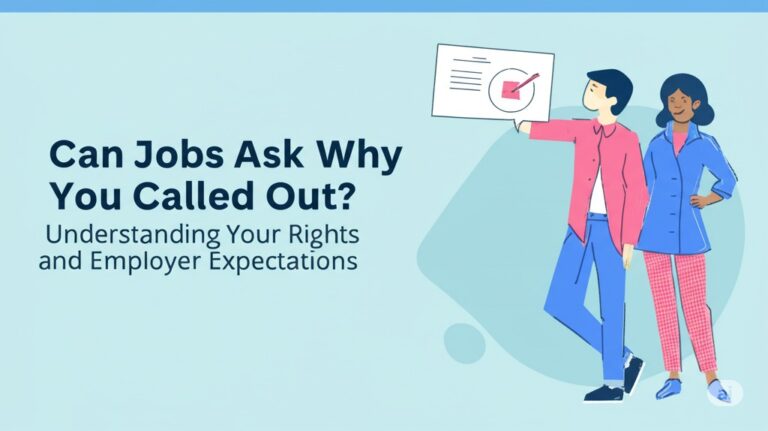
The COVID-19 pandemic caused significant disruptions in schools across the United States, leading to the allocation of ESSER (Elementary and Secondary School Emergency Relief) funds to help schools recover. But one question remains: Can ESSER funds be used for salaries? If you’re a school administrator or a financial planner, you might be wondering if these funds can be spent on employee wages, and how to best allocate them. In this article, we’ll answer that question in detail and explore key considerations regarding ESSER funding.
What Are ESSER Funds?
ESSER funds are part of a federal initiative to help schools address the impact of the COVID-19 pandemic. These funds are designed to support a wide range of activities including maintaining safe learning environments, improving remote learning capabilities, and providing mental health services. The funding comes from several federal legislative acts, including the CARES Act, the CRRSA Act, and the American Rescue Plan.
The funds are intended to help K-12 schools across the United States get back on track after the disruptions caused by the pandemic, with flexibility on how they are spent based on local needs.
Can ESSER Funds Be Used for Salaries?
The short answer is yes, ESSER funds can be used for salaries, but there are conditions to consider.
1. Salaries for Educational and Support Staff
ESSER funds can be used to cover salaries for staff whose work directly supports the recovery and continuity of learning. This includes teachers, counselors, aides, and other personnel who play a crucial role in implementing COVID-19 response measures. For example:
- Teachers and Educators: Salaries for teachers hired to reduce class sizes or provide additional tutoring and support due to learning loss can be covered by ESSER funds.
- Support Staff: Educational assistants, custodians, and nurses, especially those tasked with maintaining health protocols and ensuring the safe reopening of schools, may have their salaries funded by ESSER resources.
2. COVID-19 Specific Roles
If there’s a need for temporary or additional staff due to COVID-19-related challenges, ESSER funds can be used for temporary positions or to compensate staff who perform specific tasks related to the pandemic, such as:
- Sanitation and Health Protocols: Salaries for additional custodial staff hired to ensure cleaning and sanitizing procedures are maintained.
- Mental Health Counselors: The funding can also be allocated to school counselors who provide mental health support to students impacted by the pandemic.
3. Limitations and Restrictions
While ESSER funds can be used for salaries, there are some important limitations and restrictions. First, the salaries must be tied to activities related to the pandemic recovery, and not for regular operational expenses that existed before the pandemic.
Guidelines for Using ESSER Funds for Salaries
To ensure compliance with the use of ESSER funds for salaries, schools and districts must follow specific guidelines:
1. Clear Documentation
It’s crucial to maintain clear documentation of how ESSER funds are being used for salaries. Schools should provide evidence that the salaries are directly related to COVID-19 relief efforts, whether it’s through additional tutoring, staff training, or enhanced cleaning protocols.
2. Compliance with Local, State, and Federal Rules
All expenditures, including salaries, must comply with local, state, and federal regulations. For example, some states or school districts may have additional rules governing how federal funds can be used. Always consult with financial experts or legal advisors to ensure that salary payments using ESSER funds are fully compliant.
3. Grant Reporting
Schools receiving ESSER funds are required to submit periodic reports detailing how the funds were spent. This includes providing a breakdown of salaries paid using the funds. Schools should be prepared to justify their spending in these reports.
Best Practices for Allocating ESSER Funds
When considering how to allocate ESSER funds, it’s important to have a strategic approach. Here are some best practices to ensure the effective and transparent use of these funds:
1. Prioritize Recovery and Continuity of Education
Focus on staffing needs that directly contribute to recovery efforts, such as hiring additional educators, providing mental health services, and supporting health and safety initiatives. Ensure that the funds are used to strengthen areas that were most impacted by the pandemic.
2. Balance Short-Term and Long-Term Needs
While ESSER funds provide an immediate boost, schools should plan for both short-term and long-term needs. Consider whether positions funded by ESSER should become permanent or if they will need to be phased out once the funds run out.
3. Engage Stakeholders in Decision-Making
Engage teachers, staff, and community members in discussions about how ESSER funds should be allocated. Their input can ensure that the funds are directed where they are most needed and help avoid any potential disagreements down the line.
Other Ways ESSER Funds Can Support School Operations
While salaries are one key way ESSER funds can be used, these funds are also intended for a range of other purposes, including:
- Technology Upgrades: Schools can purchase devices and software for remote learning.
- Facility Improvements: Use ESSER funds to improve ventilation systems, upgrade classrooms, or enhance safety protocols.
- Training and Professional Development: Funding for teachers to attend training programs on effective remote teaching or handling the social and emotional needs of students post-pandemic.
Conclusion: Make the Most of ESSER Funds
In summary, ESSER funds can indeed be used for salaries, especially for positions related to pandemic recovery and continuity of education. However, careful planning, proper documentation, and adherence to guidelines are essential for ensuring compliance and making the most of these valuable resources.
If you’re an educator or administrator looking to navigate ESSER funding, it’s crucial to stay informed about both the opportunities and restrictions to make the most out of this federal aid.

Andre Cuevas provides career insights, job search strategies, and professional advice to help individuals navigate the job market and achieve their career goals.



